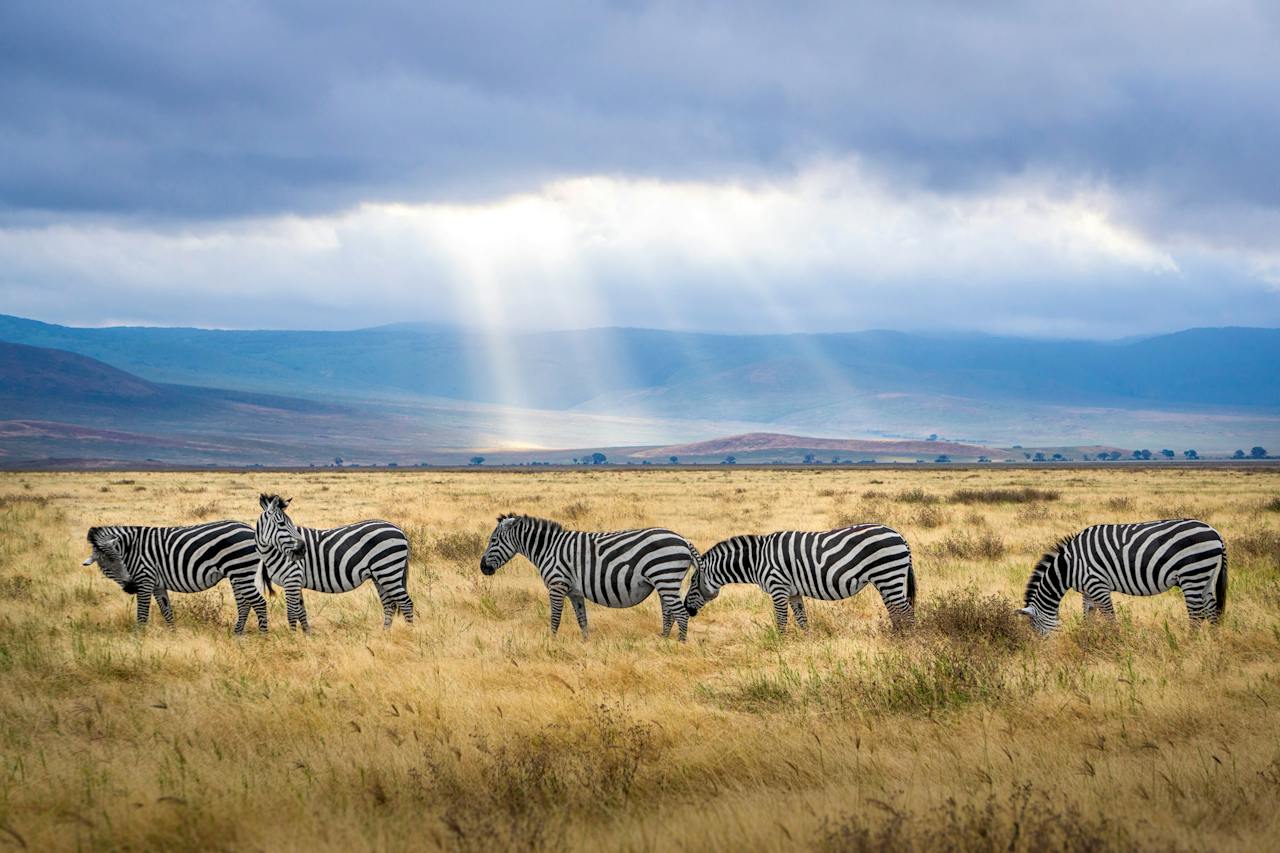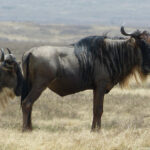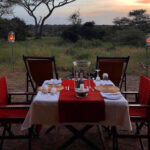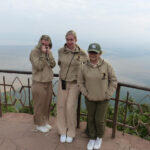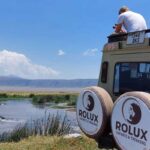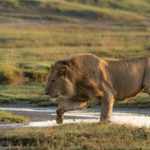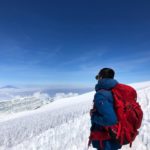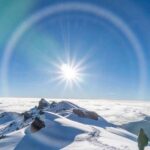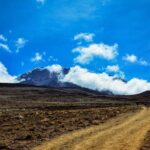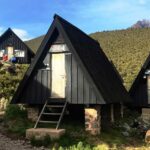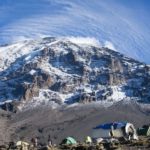One might think the golden hour reveals the camera’s true potential, but in the Ngorongoro Crater, the magic happens at dusk. As the sun sinks below the landscape, the crater transforms into a painter’s palette, glowing with magnificent hues. It’s when the wild spectacles, from prowling lions to grazing elephants, come alive against the stunning backdrop.
Historically, the Ngorongoro Crater has been a sanctuary for diverse wildlife, creating a photographic paradise. Early morning and late afternoon are particularly ideal for capturing animals in their natural behaviors as they are most active during these times. Surprisingly, research shows that lighting in these hours provides optimal conditions for both clear visibility and dramatic effect.

Photography in the Ngorongoro Crater: Best Time of Day
Early morning in the Ngorongoro Crater is a photographer’s dream. The light is soft, creating perfect conditions for capturing the vivid colors of the landscape. A layer of mist often settles, adding a magical touch to your shots. Wildlife is also very active, providing ample opportunities to photograph animals in action. Your camera will thank you for the stunning sunrise shots.
Midday might be bright, but it is not ideal for photography. The sun is high, leading to harsh shadows that can ruin the perfect picture. However, around 4 PM, light quality improves dramatically. Shadows lengthen, giving depth and dimension to your photos. This time is great for catching animals in the golden light.
As dusk falls, the Ngorongoro Crater becomes a mystical place. The sky turns a mixture of orange, pink, and purple hues. This period is great for capturing silhouettes of animals against the amazing backdrop. You can also use the fading light to create dramatic, artistic shots. Don’t forget your tripod for these low-light conditions.
Timing your visit is key to getting the best photos. Make sure your camera settings are ready to capture the changing light conditions. Pack your gear in advance, so you’re prepared to shoot anytime. Consult with guides from Rolux Safaris for the best tips. Their local knowledge can guide you to the most photogenic spots at the perfect times.
Early Morning Light: Unveiling the Serenity of the Crater
Early morning in the Ngorongoro Crater offers an unparalleled sense of peace. The sun peeks over the crater rim, casting a gentle glow on the landscape. This soft light creates breathtaking photographic opportunities. Animals are often seen moving gracefully across the terrain. The tranquility of the moment is truly captivating.
The morning mist adds a magical element to your photos. It creates an ethereal atmosphere, making the scene appear otherworldly. As the mist slowly dissipates, the colors start to pop vividly. This is the perfect time to capture the crater’s rich biodiversity. From birds to large mammals, everything looks enchanting.
Cameras set at lower ISO levels work best in this light. It helps to capture the subtle details in the shadows and highlights. Remember to use a wider aperture to blur the background, putting the focus on your subject. An early start allows you to photograph without the harshness of the midday sun. Your shots will benefit from the softer hues.
If you’re unsure about the best spots, Rolux Safaris provides valuable guidance. They know the prime locations where wildlife activity is highest. This local knowledge is particularly useful for capturing unobstructed views. Take advantage of their expertise to navigate the crater efficiently. With their help, your morning shoot could be the highlight of your trip.
Exploring the Afternoon Dynamics: Wildlife in Action
The afternoon in the Ngorongoro Crater reveals vibrant wildlife activity. Various animals venture out, creating dynamic scenes. Zebras and wildebeests often move in herds, grazing under the warm sun. The light is still relatively soft, making it perfect for capturing detailed photos. Each shot offers a unique look into the crater’s life.
Predators also become more visible in the afternoon. Lions might be seen lounging, preparing for evening hunts. This is a prime time to observe and photograph their behavior. Slowly moving through the crater can provide multiple photo opportunities. Patience is key to capturing the perfect moment.
Birdwatchers will be delighted by the variety of species. The afternoon light enhances the colors of feathers, providing striking images. Capturing birds in flight can be challenging but rewarding. Use a fast shutter speed to freeze their movements in mid-air. The results can be stunningly clear and detailed.
Photographing in the afternoon requires some adjustments. Lowering the contrast helps deal with strong light. Adjusting the white balance can ensure more accurate colors. Stay ready for quick changes in lighting conditions. Checking and adapting your settings frequently will result in better photos.


